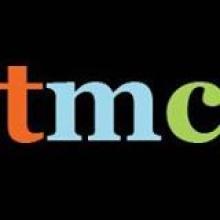Davenport, Iowa, Releases RFP for Feasibility Study
Davenport recently issued an RFP, hoping to hire a vendor to complete a feasibility study. The community wants to learn more about connectivity options that build on its current fiber assets.
According to a May 2014 Government Technology article by Colin Wood, the city has installed fiber throughout the community over the past decade. CIO Rob Henry told Wood:
“For years, residents and businesses have been asking us to do this,” Henry said. “We always knew we were going to get to this point.”
Henry goes on to note that current services from incumbents in Davenport are not sufficient for economic development. The first step will be to connect businesses then follow with fiber to each premise.
Davenport's population is approximately 103,000. During the 70s and 80s, manufacturing was the predominent industry but today tech firms are moving into the area. It is considered part of the Quad Cities region, midway between Chicago and Des Moines from east to west and the Twin Cities and St. Louis from north to south.
According to the article, government facilities began using fiber first, with schools, hospitals, and parks following. The network saves Davenport $400,000 per year because the city serves its own telecommunications needs rather than buying service from a provider.
Wood reported that the city has spoken to CenturyLink and Mediacom; Chris told GovTech:
It’s good that Davenport is trying to cooperate with local Internet service providers (ISP), Mitchell said, but it’s unlikely to produce much substance because, in some cases, ISPs will attempt to starve the municipality for customers. “Every local government at first tries to work with incumbent providers,” said Mitchell, adding that, “my thinking is the city is not going to get a whole lot out of trying to work with them.”
The feasibility study will include several components, including a business case needs analysis, an evaluation of Davenport's current fiber optic capabilities, and recommendations. Bids are due in mid-July; the RFP is available online [PDF].



